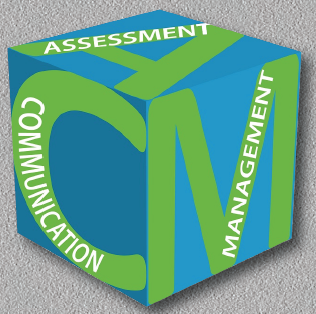Report examines progress three years after the release of the 2011 NNI EHS Research Strategy
The National Nanotechnology Initiative (NNI) today published the report from the workshop, “Stakeholder Perspectives on Perception, Assessment, and Management of the Potential Risks of Nanotechnology” (R3 Workshop), which was held September 10-11, 2013, in Washington, D.C. The goal of the workshop was to assess the status of nanotechnology environmental, health, and safety (EHS) risk science three years after the development of the 2011 NNI EHS Research Strategy and to identify the tools and best practices used by risk assessors to address the implications of nanotechnology. A wide range of stakeholders including Federal and State regulators, small and large businesses, insurance companies, academic researchers, occupational safety specialists, and public and environmental advocacy groups shared their perspectives on the risk management process; discussed strategies and approaches for improving risk science methods; and examined ways that NNI agencies can assist stakeholders in the responsible development of nanotechnology.
 Stakeholders participating in the workshop presented their perspectives and methods used to assess and manage the potential risks of nanotechnology. Research presented at the workshop shows that technical risk data alone will not enable decisions; risk evaluations by different stakeholders with varying biases, values, and stances can affect the perceptions and behaviors (e.g., investment or personal safety decisions) of consumers, regulators, developers, manufacturers, and insurers.
Stakeholders participating in the workshop presented their perspectives and methods used to assess and manage the potential risks of nanotechnology. Research presented at the workshop shows that technical risk data alone will not enable decisions; risk evaluations by different stakeholders with varying biases, values, and stances can affect the perceptions and behaviors (e.g., investment or personal safety decisions) of consumers, regulators, developers, manufacturers, and insurers.
Following a robust dialogue among participants, including a variety of stakeholder perspectives, participants identified needs in four areas. (The following list is not prioritized):
- Communication Resources, including improved transparency in reporting the presence of engineered nanomaterials (ENMs) and continued collaboration among diverse stakeholder groups.
- Decision Tools, such as improved detection and characterization tools; improved methods for assessing both actual exposure to and potential risk from ENMs; tools to address nanotechnology-related environmental, health, and safety (“nanoEHS”) issues sooner in the product life cycle.
- Data Resources, such as repositories or databases to facilitate access to or organization of existing information on nanoEHS; methods for accessing and investigating potentially protected information; and continued toxicology studies on the effects of ENMs.
- Standards and Guidance Resources, in order to facilitate navigation of nanotechnology-enabled applications through the regulatory process and improved data quality and methods for reporting data used in nanomaterial risk assessment.
To view the full report, please visit www.nano.gov/R3report.


